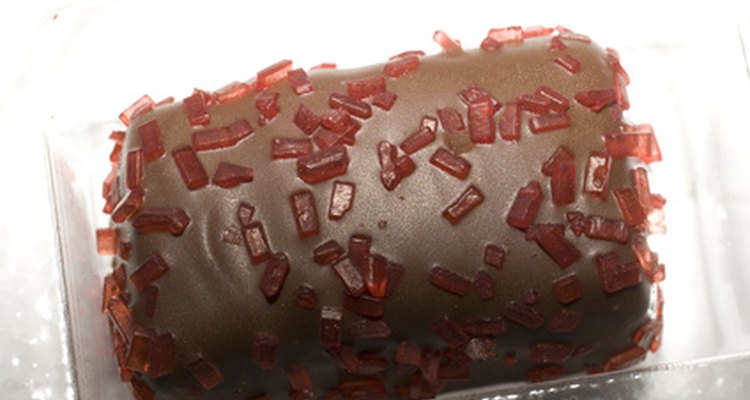
The Food and Drug Administration (FDA) sets standards of identity for many types of chocolate, regulating what ingredients different versions of chocolate must contain. The most crucial ingredient for standard of identity is chocolate liquor, which is a liquid chocolate made from grinding the center of the cocoa bean. Chocolate liquor contains no fat and is sold in a solid form as baking chocolate.
Milk Chocolate
Milk chocolate, which is the most commonly sold chocolate in the United States, must contain at least 10 percent chocolate liquor and at least 12 percent milk solids. Cocoa butter and milk solids are the only fat allowed in milk chocolate.
Sweet and Semisweet Chocolate
Semisweet chocolate must contain at least 35 percent cocoa butter to meet the FDA standard of identity. Sweet chocolate must have at least 15 percent chocolate liquor, and typically contains more sweeteners than does semisweet chocolate.
White Chocolate
The FDA established a standard of identity for white chocolate in 2002. White chocolate must contain 14 percent milk solids, 20 percent cocoa butter and less that 55 percent sugar. It may not contain any chocolate liquor.
Other Chocolate Products Regulated by the FDA
The FDA also sets standards of identity for chocolate liquor, cocoa, skim milk and buttermilk chocolate, and coatings that combine chocolate with vegetable fats. It does not set any standard of identity for dark chocolate.
Related Articles
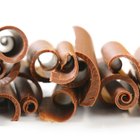
Cocoa Butter Nutrition

How to Substitute Cocoa Powder for ...
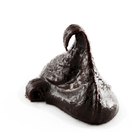
Making Chocolate From Cocoa Powder

Difference Between American and ...

Chocolate Martini: How Many Calories?

Which Country Produces the Most ...

What Is Chocolate Used For?

How Many Types of Chocolate Are There?
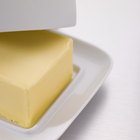
Butter Substitute for Molten Lava Cake
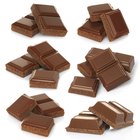
Does Ghiradelli Chocolate Have Gluten?

The Antioxidant Levels of Cacao

How to Substitute Cocoa Powder for ...

How to Make a White Decorator Icing

How to Melt Hershey's Chocolate

Do Boston Cream Pie Cupcakes Need ...

What Is German Chocolate?

How to Make Chocolate Fudge Buttercream ...

How Many Calories in a Cheese Scone?

Calories in a Subway Cheese Pizza

Does Cream of Tartar Contain Dairy?